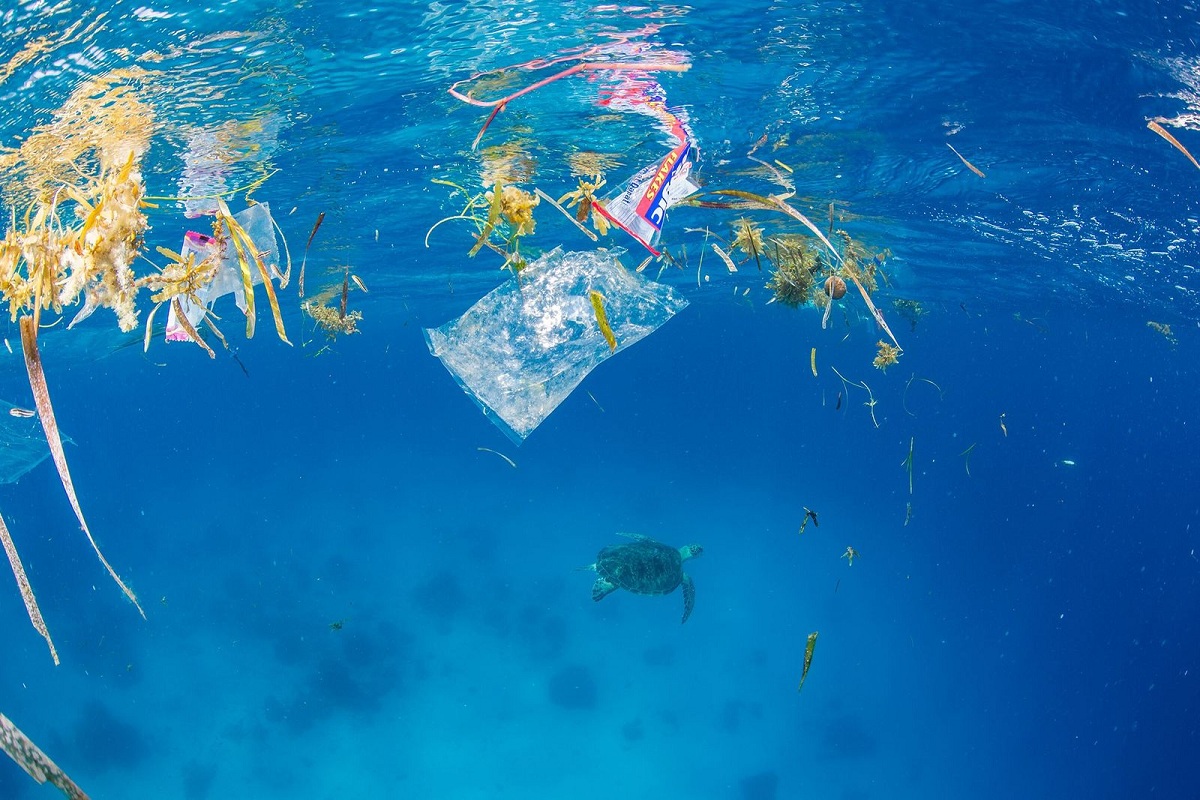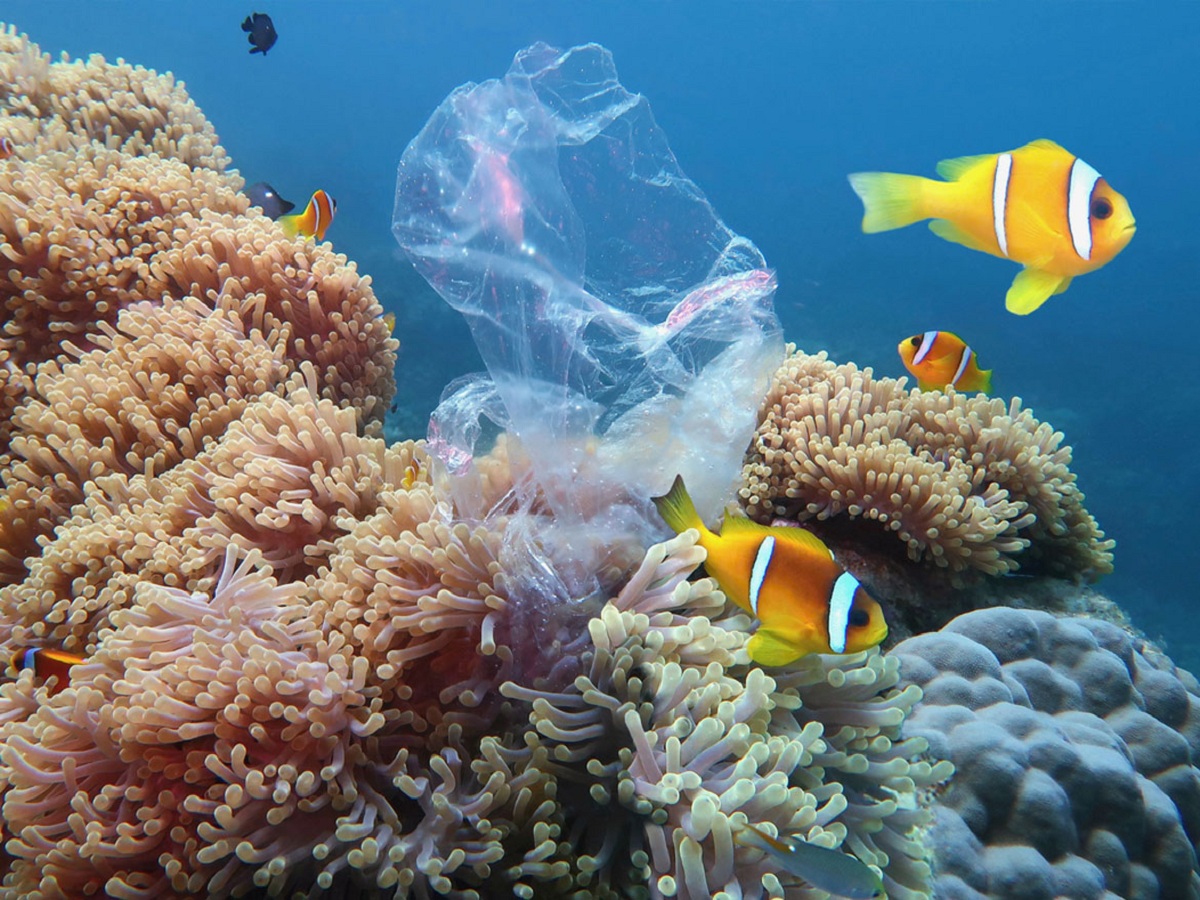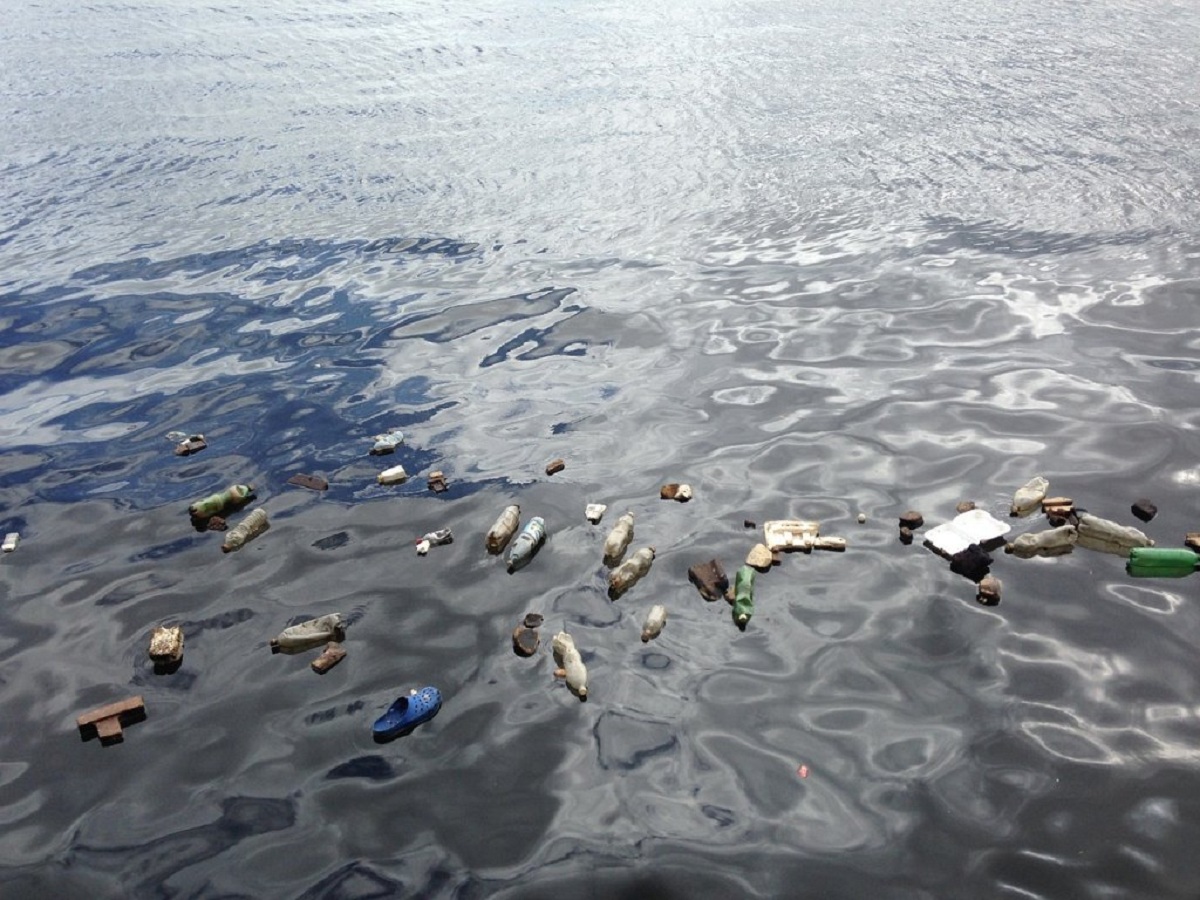
Plastic is one of the pollutants that is invading the oceans and causes incalculable environmental damage. Faced with this situation, there are many questions that people ask themselves. One of them is how the plastic reaches the sea. In order to answer this question, we have to focus on the origin of the processes that lead products and waste to end up in the sea.
In this article we are going to tell you everything related to waste to know how plastic reaches the sea.
Plastic as a pollutant

Rivers, maritime traffic and the garbage found on the beaches can explain to a large extent how plastic reaches the sea. However, there are many processes that are carried out in the creation and management of this waste. In plastics it has already become one of the most collected waste by the environmental NGO Ocean Conservancy. This organization generates annual days with cleaning of beaches and coasts. They have been looking for volunteers around the world for more than 30 years to be able to collect plastic waste and prevent it from damaging the marine environment.
There are numerous plastic objects such as cigarette butts, wrappers, and disposable straws that can take up to 500 years to decompose. This is a serious problem for both the flora and fauna of marine ecosystems around the world.
How does plastic get to the sea

Plastic pollution in the oceans almost always begins in our garbage container. It must be borne in mind that, of the 260 million tons per year of plastic that we throw in the world, only 12% are used. Most of them had been incinerated or scattered throughout the most unlikely landfills and corners of the planet. Given that from the source there is a lack of management and treatment of this waste, it is normal that it ends up reaching the sea.
Most of this waste is abandoned and ends up in the seas. It is here that the waves and the wind erode them into tiny tiny fragments known as microplastics. Microplastics are nothing more than particles that are less than 5 mm in size and that are trapped within the gyrations of ocean currents. In these situations they are capable of generating large patches of floating garbage like the one we know in the North Pacific. It is one of the largest plastic garbage spots in the world with an area of 1.6 million square kilometers and 80.000 tons of weight.
If polymers are disposed of thousands of kilometers from the oceans, how can they end up floating in them? One of the studies points out that rivers, especially the largest and most polluted in the world, are determining agents for getting plastic into the sea. It is estimated that these rivers they carry between 1.1 and 2.4 million tons of plastic per year. It also includes dirt on beaches, fishing, aquaculture, and maritime traffic as major causes. These are the main causes of how the plastic reaches the sea.
There are numerous ships that dispose of their waste and account for almost half of all waste found to date in the North Pacific area. This fact is published in the journal Nature. Other important aspects to consider are sewage, wind, rain and floods. These factors can also be determining factors in driving terrestrial plastic to ocean areas. Above all, single-use plastics are those that, being lighter, fly towards the coast or are incorporated into the river network until they reach the sea. Among these types of plastics we have bags, cotton buds, product wrappers, straws, etc.
How much plastics is thrown into the sea

The oceans are known to receive about 13 million tons of plastic per year, which is equivalent to dumping a garbage truck into the ocean per minute. This amount is something that can not even be imagined since many people wonder how to get plastic into the sea. According to some studies on the evolution of plastic consumption by humans, these values could grow up to 17.5 million tons per year by the year 2025 if discharges are not stopped.
Another study reveals that by the year 2050 we could have more tons of plastic in the sea than fish swimming. Most of the plastic dumping into the sea comes from Asia, entirely from countries such as China, the Philippines, Indonesia and Vietnam.
Consequences of how plastic reaches the sea
Knowing how plastic reaches the sea we can try to avoid marine pollution. Today the collateral damage caused by marine pollution by plastics is known worldwide. Among these consequences we have the degradation of ecosystems, damage to flora and fauna by chemical substances, etc. More than a million animals are known to die each year from mistaking plastic for food. It must be taken into account that plastic degrades with the action of wind and water and animals can confuse it.
In addition, the health of the human being can also be damaged since through the trophic chain we can get to ingest through table salt there are other foods. It is estimated that about 13.000 million dollars annually is the cost of this ecological catastrophe that could be reduced with very simple daily practices. Let's see what they are:
- Do not use single-use plastics such as straws, cough or disposable cutlery.
- If you are going to do the shopping, do not forget to use a cloth bag a hand cart.
- We do not throw the gum on the ground as we can recycle it. Let's not forget that chewing gum is made of plastic.
- Buy foods in bulk to avoid the bulk of packaged products.
- Replace plastic tuppers with glass or steel containers.
- Use wooden clothespins instead of plastic ones.
- Avoid using cosmetics that have microplastics and choose to buy biodegradable clothing.
- Recycle plastic to give some packaging a second chance.
I hope that with this information you can learn how plastic reaches the sea and its consequences.